Retro Stories by David Burrell
– – –
Many assume that the 1963 S4 EH Holden was the first “sporty” performance sedan offered by GMH. Not so. It was the 1962 Vauxhall Victor VX 4/90.
Built from CKD (completely knocked down) packs by GMH, the VX 4/90 was the sports sedan version of the new FB Victor range. It delivered performance and luxury that was way above the local offerings.
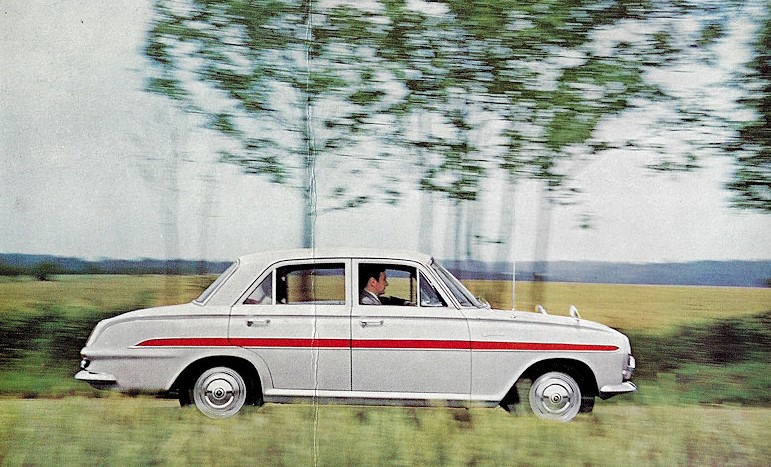
A top speed of 92mph/145kph was claimed from the 81bhp/60.5kw 1.5 litre four-cylinder engine, which boasted a special alloy head and twin Zenith carburettors. The gear box was an all synchromesh four speeder, with a floor shifter. Up front were 10.5 inch/267mm power front disc brakes. Handling was taken care of by 30% stiffer suspension.
Insert V2
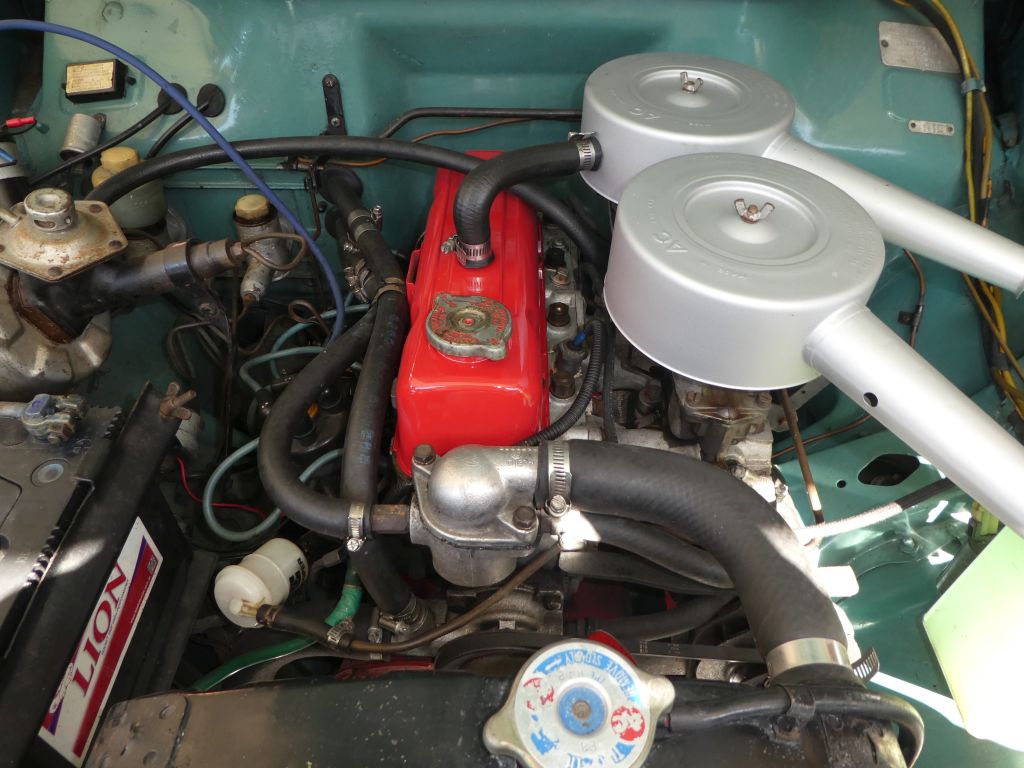
By comparison the new EJ Holden had only 75 bhp/56kw of power and struggled with a bigger, heavier body and woefully small drum brakes. No synchromesh on first gear for Holden buyers either.
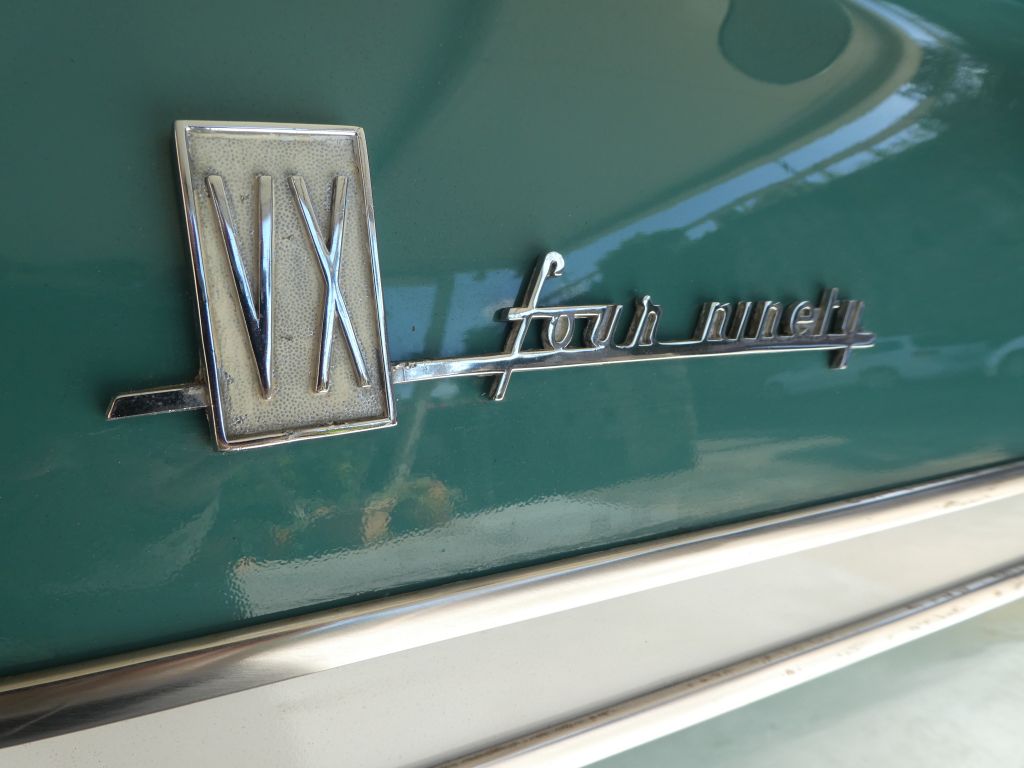
Interior appointment boasted front bucket seats, arm rests for all, electrically operated wipers and washers, rev counter, headlight flasher and gauges for water temperature, oil pressure, amps, fuel and a trip meter. Carpet covered the floor. A padded and wood grained dashboard and door trims added to the aura of luxury. Missing was a heater/demister. And it all cost about 20% more than an EJ Holden Special or 10% less than the automatic Premier.
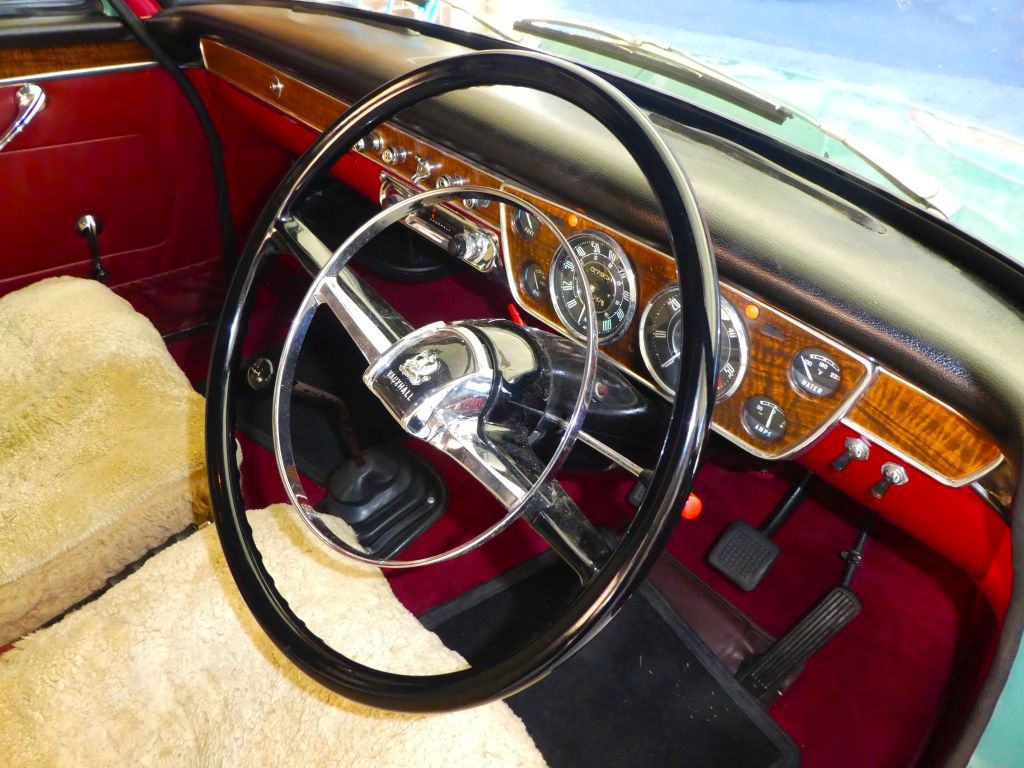
The origins of the VX 4/90 go back to when Vauxhall identified a niche in the UK market. They reckoned that a medium-sized car (in UK terms) with a higher-than-average performance and offering sporty/luxury inclusions, yet retaining the cost/price advantages of a volume-produced sedan, would sell profitably.
To distinguish it from the more sedate Victors, the VX 4/90’s exterior trim, side flash and lights were taken from Canadian Victor, called the Envoy in that country.

Vauxhall believed it could shift a modest 1000 per month. They totally underestimated the car’s popularity. After only eight months they’d sold 12,000, with 3,500 exported and Vauxhall knew they had a winner.
The VX 4/90’s success helped convince Ford that high performance variants of its new Cortina, launched in October 1962, would also find willing buyers.
The origin of the VX 4/90 name is explained by David Booker, founder of the world’s best Vauxhall heritage website, vauxpedia.com. David says that it is VauXhall 4 cylinder 90 mph.
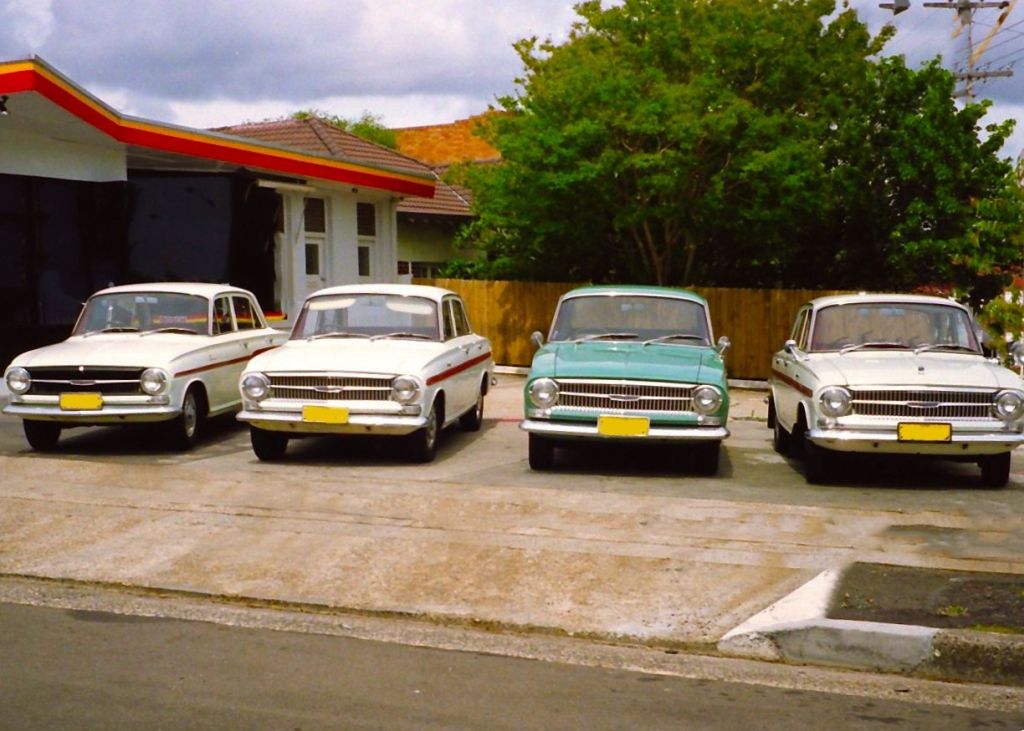
The VX descriptor became synonymous with sporty Vauxhalls over the next decades. When the Holden Monaro was sold in the UK, it carried the storied VX badge, as did its VE Commodore replacement.
In Australia the VX 4/90 was first road tested by David McKay. He was enthused by the car. His Sunday Telegraph motoring report of May 6th, 1962 proclaimed:
“The VX 4/90 steered and stopped better than many expensive sports cars.”
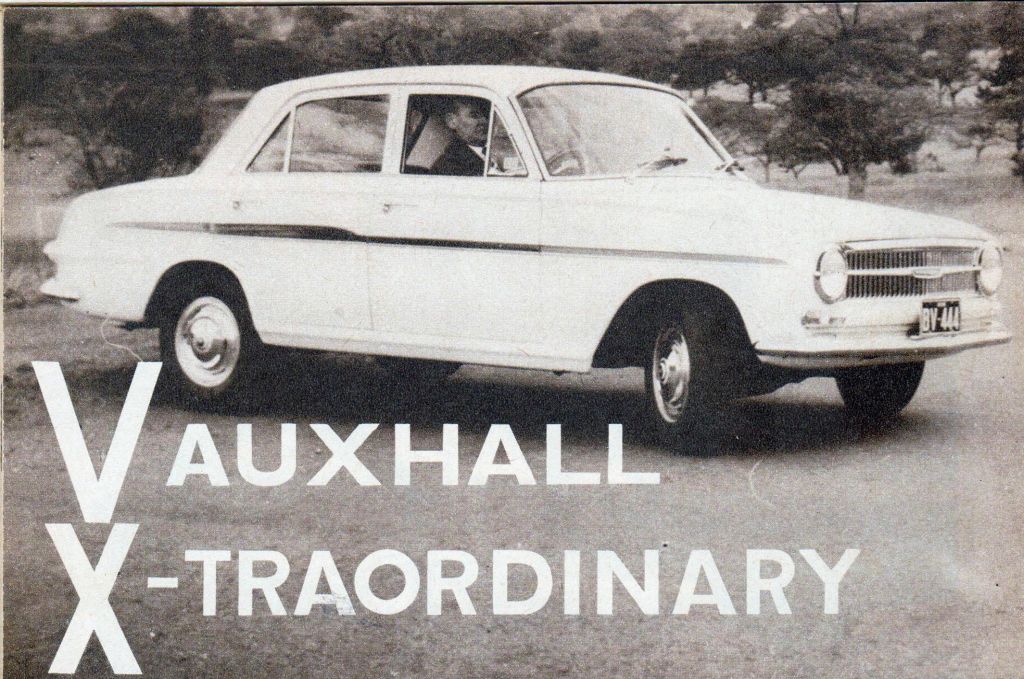
McKay’s praise did not stop there. In the AMHF’s extensive magazine collection, his road test appeared in the July 1962 edition of Modern Motor. It raves:
“After a 1400-mile road test, I’m a VX enthusiast… This Vauxhall is undoubtedly a winner. I can’t remember being more enthusiastic over a production everyday family sedan.”
He reported driving from Canberra to Melbourne in an impressive six hours. And this was at a time when highways were mere two lane black tops.
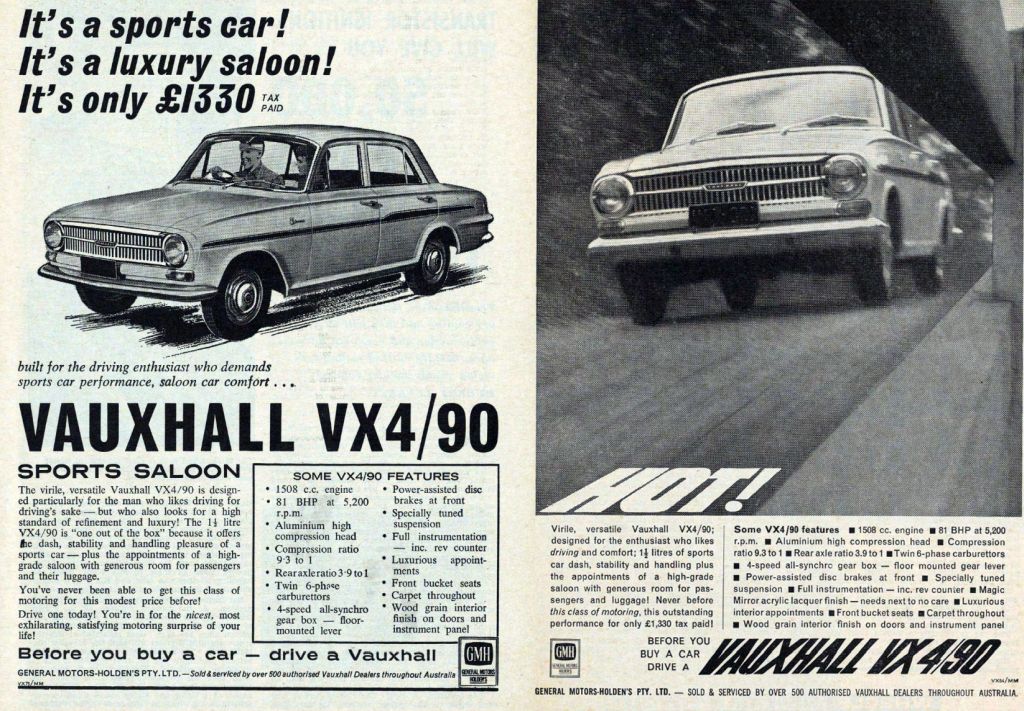
A couple of years ago I spent a very comfortable hour as a passenger in a VX 4/90, being driven through the hills and hollows and twists and turns of Sydney’s lower north shore, ending with a sprint down the Warringah Freeway. The car cornered flat and fast. A series of red lights tested the brakes. No problems at all. It easily outpaced modern traffic. I was impressed, and I can see why McKay was too.
By the end of 1965 the VX 4/90 had disappeared from GMH’s dealerships. Its sporty aspirations being taken, first, by the S4 EH and then the X2 engined HD. Trouble was, neither could match what McKay saw as its key attractions: speed, safety and comfort. Not until the Monaro GTS 327 arrived, that is.

